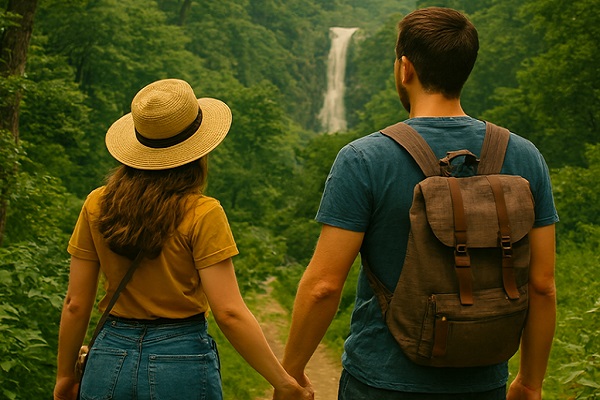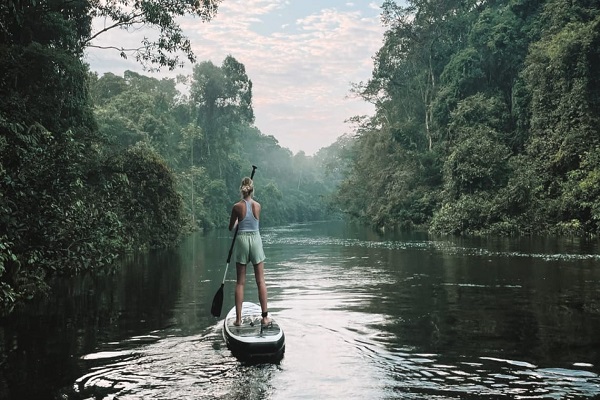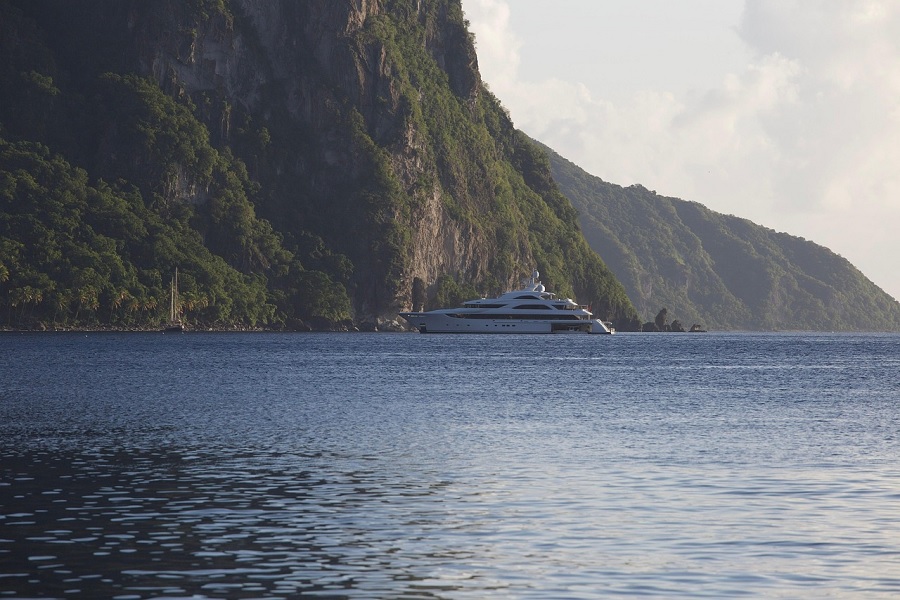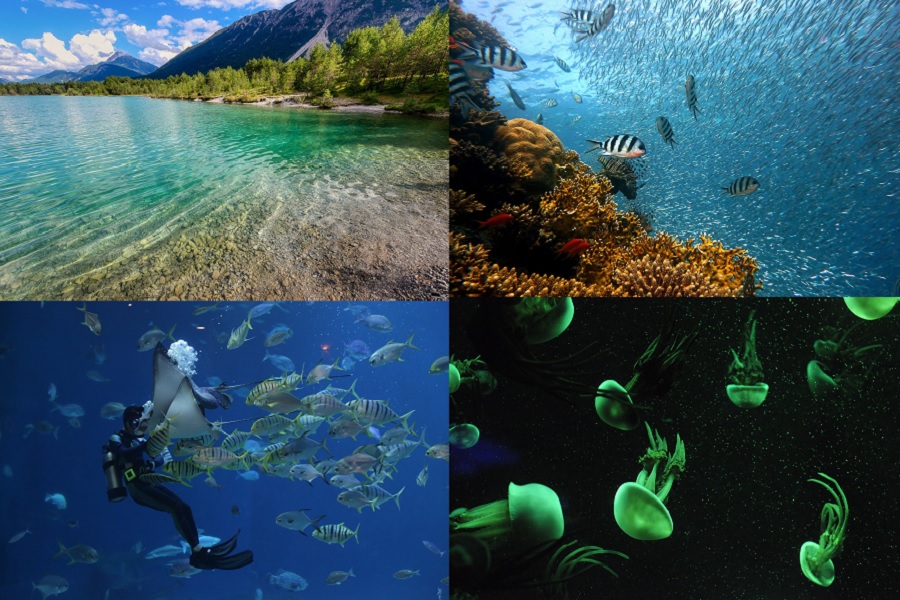Ecotourism: Traveling Responsibly to Preserve Nature

In recent years, ecotourism has emerged as one of the most sought-after travel trends. As people become more conscious of environmental issues, the desire to travel in a way that minimizes negative impacts on the environment is growing. Ecotourism allows travelers to explore the world’s most beautiful and diverse ecosystems while supporting conservation efforts and promoting sustainable practices. If you are looking to travel responsibly and connect with nature, here’s everything you need to know about ecotourism.
What Is Ecotourism?
Ecotourism is responsible travel to natural areas that conserve the environment, sustain the well-being of local people, and involve interpretation and education. It focuses on small-scale, sustainable tourism that emphasizes conservation and the preservation of ecosystems and wildlife. Unlike mass tourism, ecotourism seeks to limit the environmental impact of travelers while encouraging a deeper understanding of local cultures, wildlife, and ecosystems.
The Core Principles of Ecotourism
Conservation of Natural Resources: Ecotourism strives to protect and conserve the environments and ecosystems that travelers visit. By minimizing negative impacts, ecotourism helps safeguard biodiversity and natural habitats for future generations.
Support for Local Communities: Ecotourism promotes the economic and social well-being of local communities. Travelers engage with local businesses, learn about indigenous cultures, and support projects that contribute to sustainable development.
Environmental Education: A key element of ecotourism is education. Travelers learn about the environments they visit, the species they encounter, and the challenges of conservation. This knowledge empowers them to become advocates for the preservation of these ecosystems.
Sustainable Practices: Ecotourism emphasizes low-impact travel. From reducing waste and using renewable resources to respecting wildlife and habitats, sustainable tourism practices are at the heart of ecotourism.
Top Ecotourism Destinations Around the World
Costa Rica
Costa Rica is one of the world’s top ecotourism destinations, known for its rich biodiversity and commitment to environmental conservation. The country has a wide range of protected areas, including rainforests, volcanic landscapes, and coastal ecosystems. Visitors can explore national parks like Manuel Antonio, Monteverde Cloud Forest, or Tortuguero National Park, all of which offer opportunities for wildlife watching, hiking, and sustainable tourism experiences.
New Zealand
New Zealand is renowned for its breathtaking landscapes, from rugged mountains to pristine beaches. The country has made significant strides in conservation, with many national parks and reserves dedicated to preserving its unique flora and fauna. The Fiordland National Park, home to the famous Milford Sound, and the Abel Tasman National Park offer eco-friendly accommodation and responsible travel options for nature lovers.
The Galápagos Islands, Ecuador
The Galápagos Islands are a true ecotourism gem, famous for their extraordinary wildlife and pristine marine environments. Visitors can enjoy guided tours led by naturalists who educate travelers about the unique ecosystems and species that live on the islands. Strict regulations help protect the biodiversity of the Galápagos, ensuring that tourism remains sustainable.
Borneo, Malaysia
Borneo is a haven for ecotourism enthusiasts, offering lush rainforests, unique wildlife, and vibrant ecosystems. Visitors can trek through the Borneo rainforest, spot orangutans in the wild, and learn about conservation efforts aimed at protecting endangered species and their habitats. The Danum Valley Conservation Area and Kinabatangan River are popular spots for wildlife tours.
Norway
Norway’s pristine wilderness, including fjords, mountains, and forests, is perfect for ecotourism. The country offers eco-friendly tours, hiking trails, and wildlife experiences that help preserve its natural beauty. Visitors can explore the Lofoten Islands, hike in the Jotunheimen National Park, or participate in sustainable Arctic wildlife tours to see polar bears, reindeer, and sea eagles.
How to Travel Responsibly with Ecotourism
Choose Eco-Friendly Accommodation: Look for hotels, lodges, and guesthouses that are committed to sustainability. These establishments may use renewable energy, recycle waste, or support local conservation efforts.
Respect Wildlife: While observing wildlife, always keep a safe distance and avoid disturbing animals. Support organizations that are involved in wildlife preservation and ethical animal experiences.
Support Local Communities: Engage with local artisans, tour guides, and businesses that support sustainable practices. Your spending can directly contribute to the livelihoods of local communities and conservation projects.
Leave No Trace: Follow the “Leave No Trace” principle by minimizing waste, recycling when possible, and avoiding littering. Always clean up after yourself and leave nature as you found it.
Educate Yourself and Others: Before visiting, learn about the ecosystems and conservation efforts in the area. Share this knowledge with others to promote responsible travel.
Conclusion
Ecotourism offers travelers the chance to explore the natural world in a way that benefits both the environment and local communities. By choosing sustainable destinations, supporting conservation efforts, and practicing responsible travel habits, we can enjoy nature without compromising its future. If you are passionate about preserving our planet while traveling, ecotourism is the way to go.






.jpg)

















